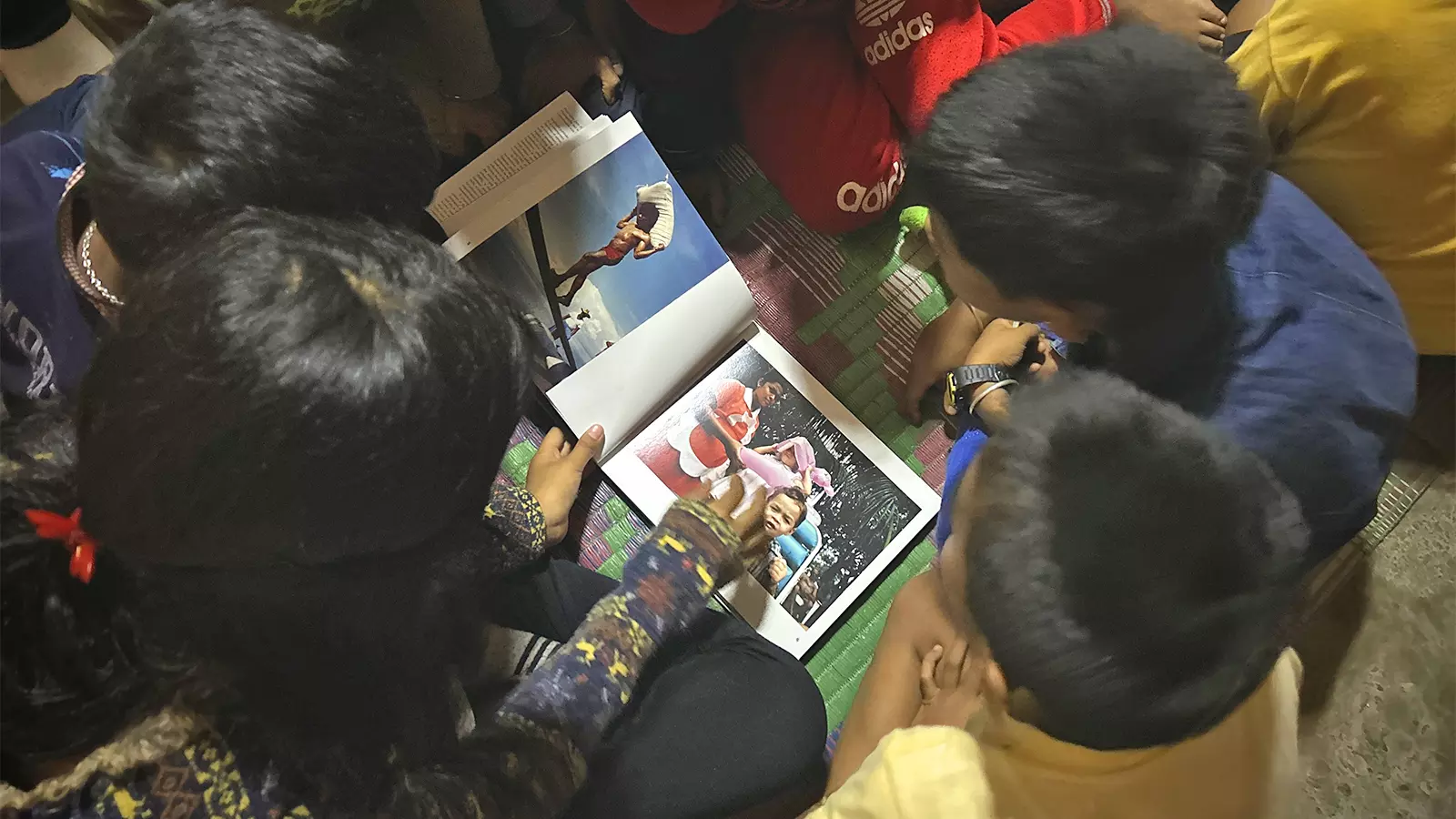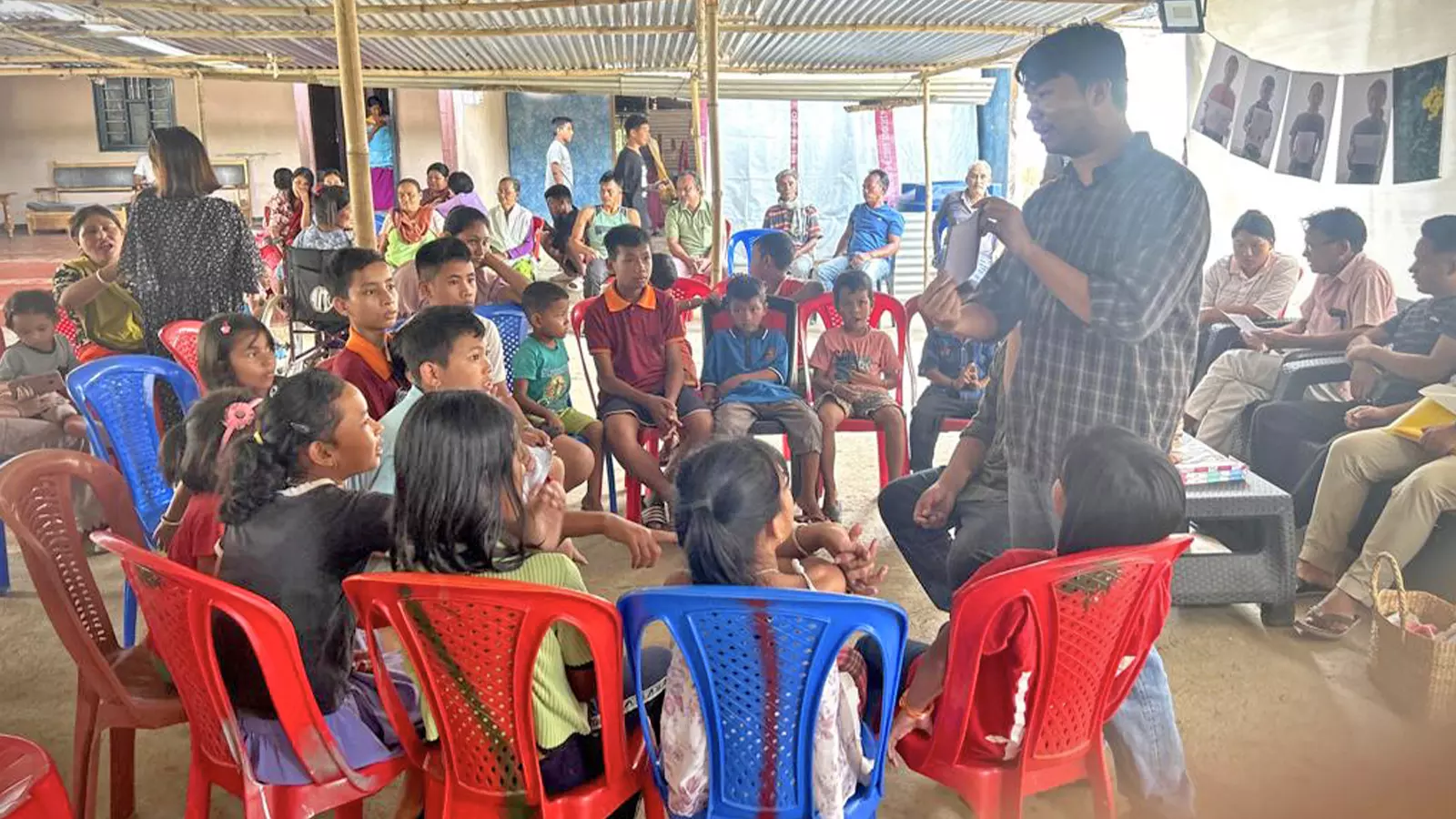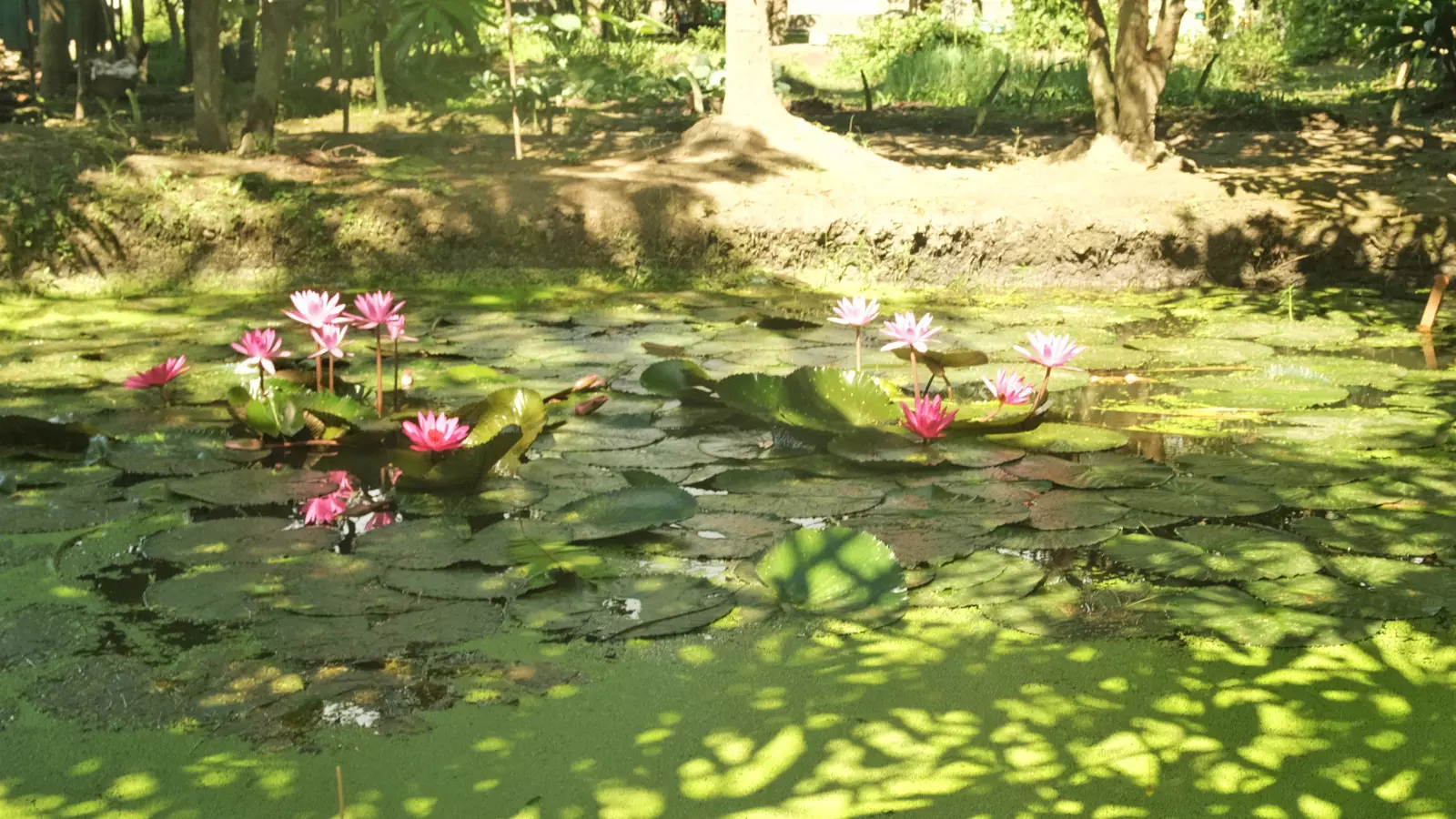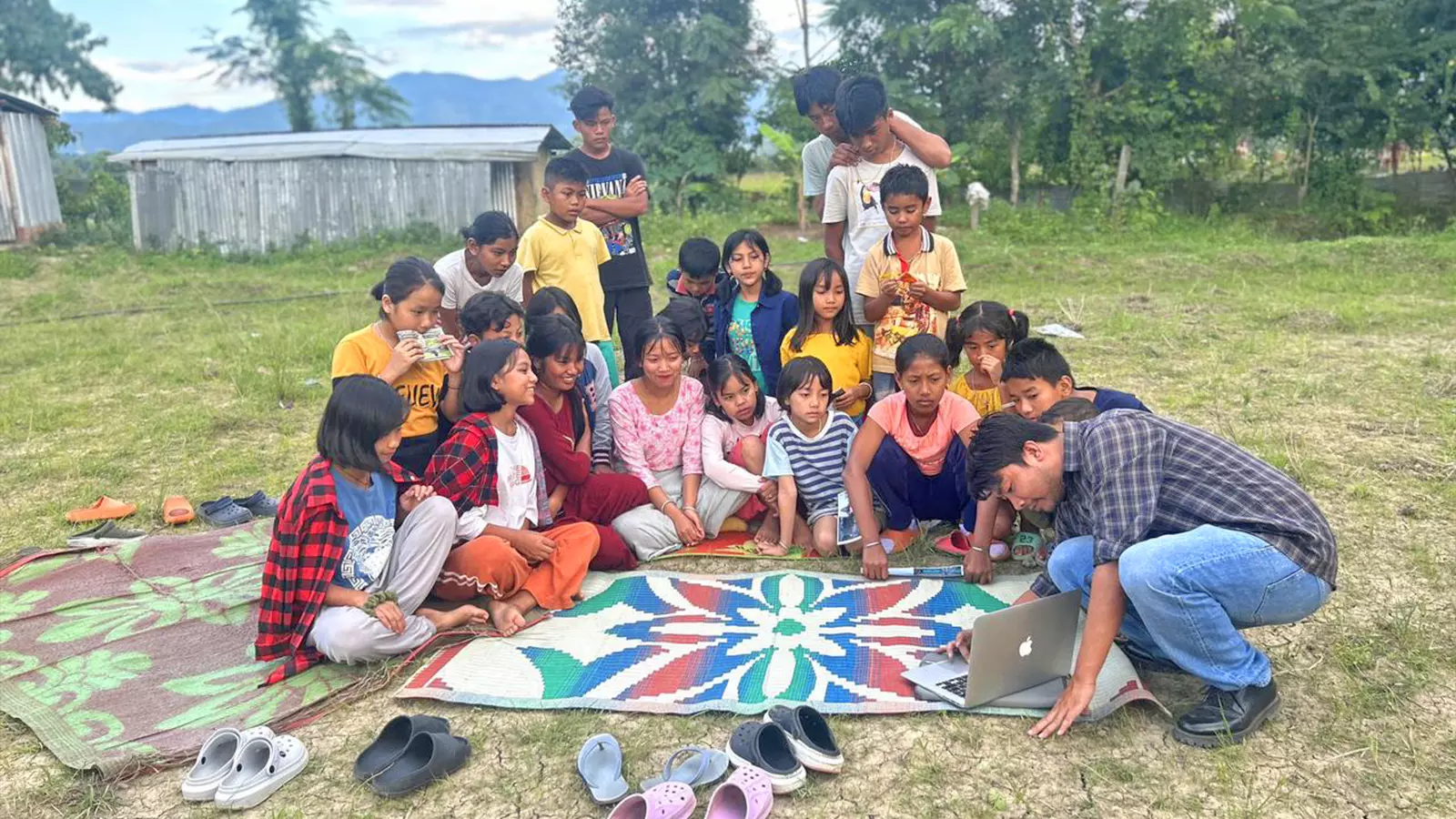
- Home
- India
- World
- Premium
- THE FEDERAL SPECIAL
- Analysis
- States
- Perspective
- Videos
- Sports
- Education
- Entertainment
- Elections
- Features
- Health
- Business
- Series
- In memoriam: Sheikh Mujibur Rahman
- Bishnoi's Men
- NEET TANGLE
- Economy Series
- Earth Day
- Kashmir’s Frozen Turbulence
- India@75
- The legend of Ramjanmabhoomi
- Liberalisation@30
- How to tame a dragon
- Celebrating biodiversity
- Farm Matters
- 50 days of solitude
- Bringing Migrants Home
- Budget 2020
- Jharkhand Votes
- The Federal Investigates
- The Federal Impact
- Vanishing Sand
- Gandhi @ 150
- Andhra Today
- Field report
- Operation Gulmarg
- Pandemic @1 Mn in India
- The Federal Year-End
- The Zero Year
- Science
- Brand studio
- Newsletter
- Elections 2024
- Events
- Home
- IndiaIndia
- World
- Analysis
- StatesStates
- PerspectivePerspective
- VideosVideos
- Sports
- Education
- Entertainment
- ElectionsElections
- Features
- Health
- BusinessBusiness
- Premium
- Loading...
Premium - Events

Photo gazing, music, listening in: Manipur tries to ‘talk’ its kids out of trauma

Fourteen-year-old Princia calls a relief camp in Manipur her home now. When violence broke out in her village and central reserve forces intervened to help move residents to the relief camp, Princia realised she had little choice. She yearned to take her dog along with her in the vehicle but was not allowed.As she sat in, she saw her pet being beaten to death with a stick right in front of...
Fourteen-year-old Princia calls a relief camp in Manipur her home now. When violence broke out in her village and central reserve forces intervened to help move residents to the relief camp, Princia realised she had little choice. She yearned to take her dog along with her in the vehicle but was not allowed.
As she sat in, she saw her pet being beaten to death with a stick right in front of her eyes. The perpetrator belonged to a tribe that has been at war with hers since May 4. The tragic visuals haunted Princia until she could find a voice and space to speak and be heard. The teenager got an opportunity to share her ordeal at a visual storytelling workshop that she attended at her camp.
During a similar session, as the children went through photobooks that told them about the plight of Bangladeshi refugees, another girl recollected the horrific time when she had to wake up in the middle of the night and cross a deep river with her 3-month-old sister, without a boat, to reach a safe location. There was constant gun firing and homes were being burnt down.
These are only a few of the many stories that have been shared so far during these workshops aimed primarily at listening to the children of conflict and attempting healing through arts. Organised as part of a small-yet-meaningful initiative by a Manipur-based visual artist, a theatre practitioner, a social entrepreneur, and a musician who are spending their time between relief camps spreading joy and care, offering a safe space through photographs and music.
The workshop has put to use some innovative and time-tested means to heal. One such way is photo gazing.
Occasional gazing of photographs of a lover can temporarily soothe an aching heart. Photographs taken of oneself for internal-external validation can be balm to waddling self-esteem. Leaves, flowers, mountains, rivers when photographed and wall-hung can remind one of their true nature. But at relief camps in Manipur, photographs of conflict and human sufferings are opening the path to light, hope and empathy for the children.
As children see the photographs of suffering they are able to relate to their own turmoil. This helps in healing without prodding.
India’s Northeastern state of Manipur has been in a state of conflict for over seven months now due to the ethnic violence between the Kuki and Meitei communities. Official figures suggest that the violence has resulted in the displacement of over 70,000 people with over 12,000 of them being children.
This, however, is not new to the people living in vulnerable zones of Manipur.

The visual storytelling workshop has so far been facilitated at Khomdonbi Memorial English School relief camp and Hijam Angom Leikai relief camp in Kakching Khunou and Moirang Bazaar relief camp in Bishnupur district.
Sana Khumukcham, 35, grew up in Kakching Khunou Umathel in Kakching district in the 1990s amidst violence, terror, and armed conflict. Her insecure and scarred childhood never gave her the time to ponder over the beautiful and abundant land she grew up in. Decades later, Sana, a permaculture practitioner and social entrepreneur, felt a similar sense of disabling hopelessness, when she saw children of her district and surrounding villages go about their lives at relief camps in conflict-stricken Manipur.
Her partner Premananda Nongthombam, and his friend Yengkhom Boycha, visual artists and theatre practitioners with education in Delhi, proposed that together they bring to the children a powerful-yet-soft medium of visual storytelling that helps them mend their broken chords of innocence and imagination.
Sana now works towards mobilising resources, connecting with stakeholders to successfully conduct the visual storytelling activities at the relief camps located in Kakching Khunou which is also her home town.
“In situations like this, we don’t know how to respond. When conflict began, we decided to simply volunteer with NGOs, help with distribution efforts and spend time at the various camps nearby. We started listening to the children who wanted to share and that itself felt like a relief in a way. This gave us the idea to use visual storytelling as a platform to engage further,” explains Premananda, who is an art practitioner.
The visual storytelling workshop has so far been facilitated at Khomdonbi Memorial English School relief camp and Hijam Angom Leikai relief camp in Kakching Khunou and Moirang Bazaar relief camp in Bishnupur district.
During the sessions, children are engaged in drawing, games and introduced to photobooks and then eventually cameras to capture any subject of their choice near their surroundings and express themselves visually. Due to the restrictions put on movement around camps, children aren’t encouraged to step out often. Their lives are mostly spent between home and government school. With special permission from the committee, the kids once ventured for a photo walk and one of the things they wanted to take a photo of was a pond with lotus flowers blooming.

The pond children wanted to photograph.
“Children in Manipur have a desire to play football, but some camps don’t have a playground. Some adolescents spend time helping with cooking post sunset,” shares Premananda about the state of relief camps. While some are concrete spaces, others are just makeshift facilities, where many share the roof, a few have more open space than others.
Boycha, 33, has been engaged with the field of theatre and stage craft for years now, and feels that children rarely get to tell their own narratives; it is mostly adults who speak on their behalf.
“Through this healing space and visual engagement, we wanted to give the power in the hands of the children to tell how they are feeling about the violence around them. If displaced children could document their life visually and in writing, what would they tell the world about it,” adds Boycha who wishes to work with the children at the relief camps on a long-term basis, instead of a temporary effort.

The 'healing' workshop has put to use some innovative and time-tested means to heal. One such way is photo gazing.
In May 2023, Chaoba Thiyam, a witness researcher and musician from Manipur, who is known for Siyom music, an experimental folk-based ensemble, travelled 3,000 kms away from his home in Imphal to Bengaluru and found himself amid an audience curious to know more about the culture and folklores of his birth land Manipur.
Little had he gathered that two months later, he’d be spending his time across relief camps in Manipur, with children, to heal their wounded hearts and minds.
In a video shared on social media as part of the programme held in Kakching Khunou, Chaoba can be seen ‘riddling’ and ‘rhyming’, playing with the children through his music, which is a nostalgia of sorts for the older generation. Put together by him, he calls it the ‘song of play’, reminiscent of Manipuri childhood.
Arts, music, stories are antidotes to human pain, suffering, a divine channel for flow, a source of recreation, rejuvenation and joy across classes and demographics. The privileged, the under-privileged, the over-privileged, in their most receptive moments, experience similar effects of artistic mediums on their being. In simplest terms, they heal, or at least put the process in motion.
Chaoba, 47, who hails from Wangkhei in Imphal, knows the pain of displacement and homelessness. The home that he was born in had to be sold due to financial constraints. Growing up, he felt distressed and depressed which led him to eventually contribute his artistic capability towards causes related to drug rehabilitation, disability, displacement, and work with orphanages.
“At relief camps, people usually donate material things like clothes, bedsheets, winter wear and medicines. We realised that non-materialistic contributions such as spending time, interacting, introducing art and music were also necessary,” he shares.
Earlier this year, Chaoba along with other Manipuri artists including Rishikesh Thangjam (The Koi), Nganthoi Khumanthem (Leihou) and Pa Thawan (Atingkok), raised funds by performing live on social media platform Instagram to donate to Matai Society, a trauma response centre in Moirang, Bishnupur. The visual storytelling platform is an extension of his initiative to facilitate healing through music, especially folk.
“Art is all I have that I can share. I do not possess money to share but I believe in giving, in whatever way I can. We have established a music room with donated instruments and after exams get over in January, we will continue our work with the children.”
